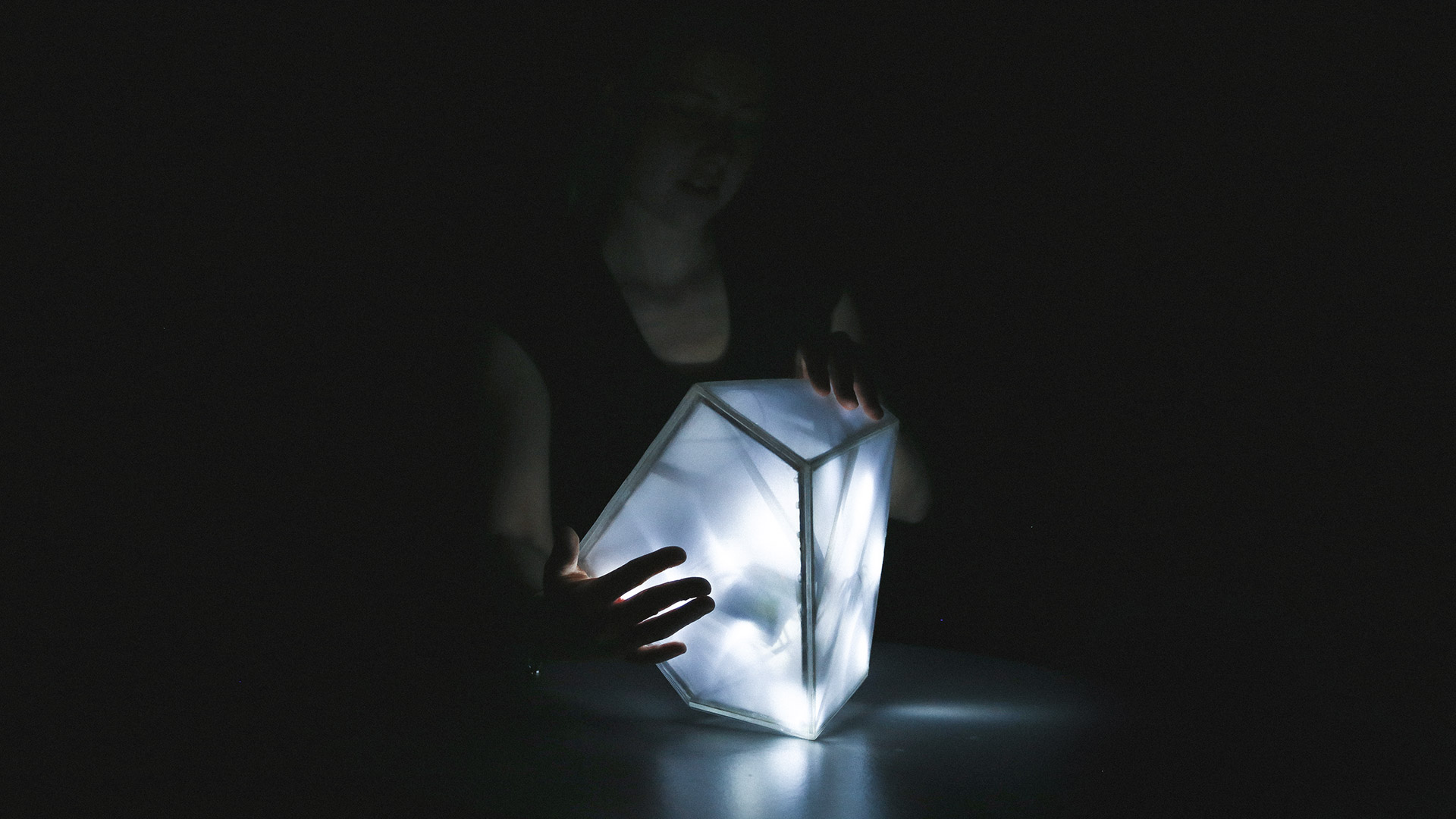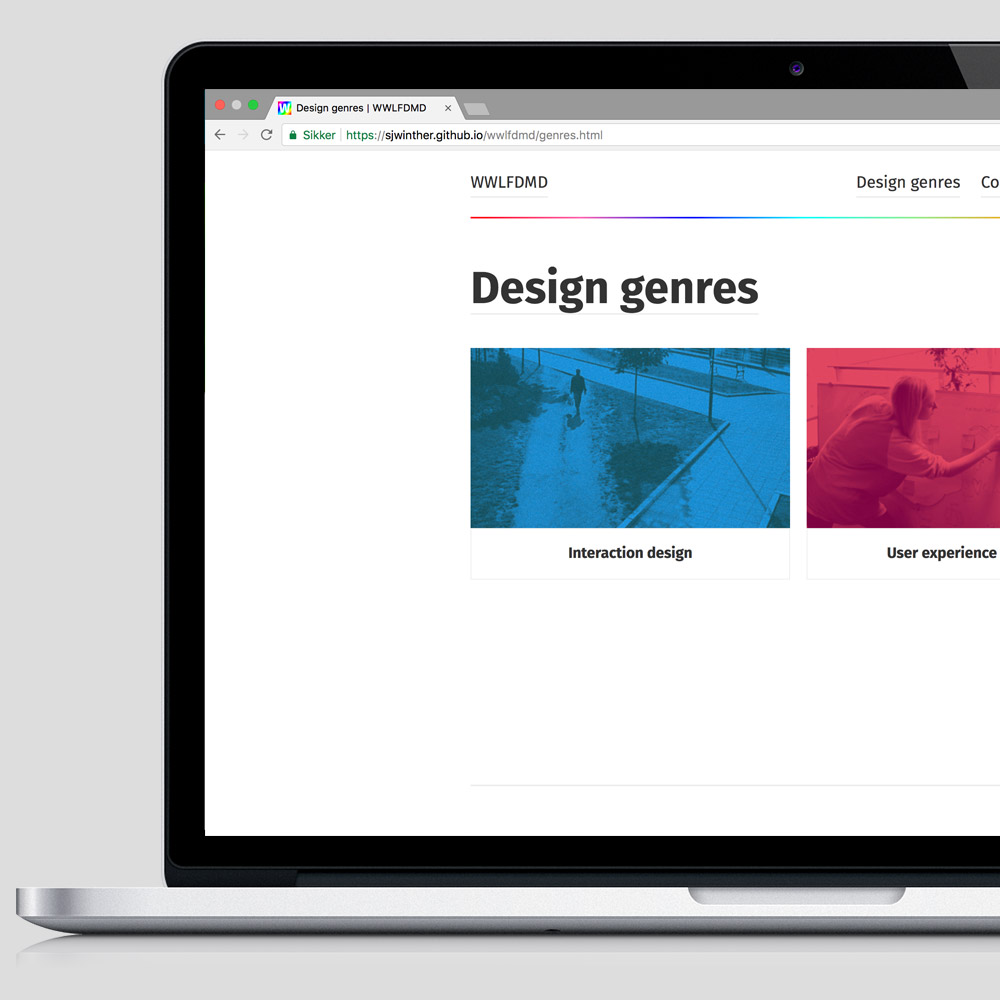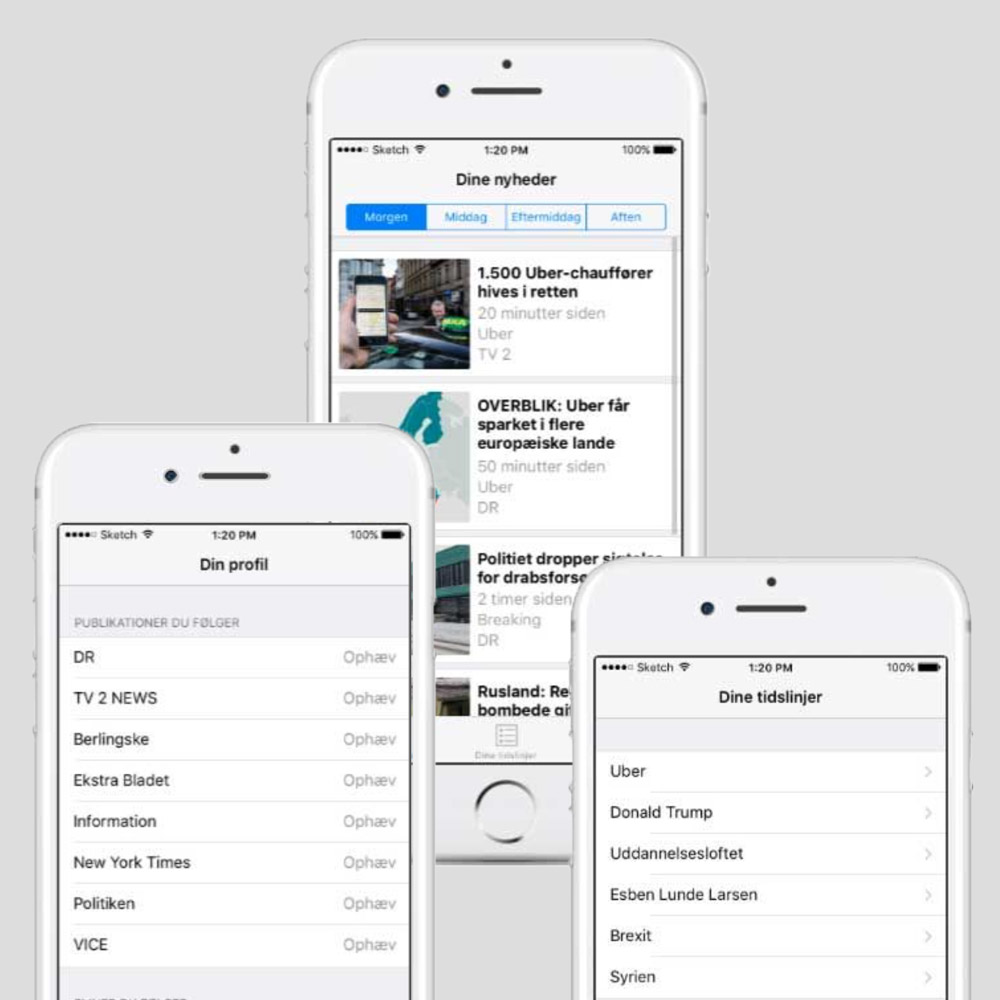Personally, I feel like an explorer exploring things and actions: What happens if we do this; can we do it other wise; what about this “bad” idea, we had? What I have learnt from DMD has given me great but also broad insights in understanding users and creating value propositions around their needs. The exploring of new ideas has been a great part of these processes on a broader level.
During this project I want to get nerdy creating digital, interactive experiences, where it’s time to focus on developing a designerly practice through sketching and prototyping. Moreover, understanding and learning about dynamics of interaction through a reflective doing.
Interactive Artefact: Ember
Year: Spring 2016
Academic work: Group based project – individual reflection
My role: Sketching in code and hardware, articulating interactions, prototyping interactions
Inspired by embers from what once was a bonfire, Ember is an interactive lamp aiming at exploring continuums of time and modality. The user has to tilt the lamp to experience a short and vague twinkling that suddenly twinkles to a maximum intensity of light, to after a while slowly fade out. Tilting multiple times in a row invites for an experience of playfulness. Ember can create an atmospheric lighting context in which people gather for conversation while taking turns to tilt it and keeping the light alive – or watching it burn out.

Challenge
Process
Through this practice I have gained a vocabulary that provided a way to describe and articulate interactions. We did this through exploring artefacts that were both mechanical, interactive, and web based. This “doing” demands thoughtfully reflection. But becoming a designer, how do we capture these moments of insights and reflections? We can only become designers through engaging with design.
Framing learning about interaction design and conceptualizing the real outside world (outside of the academic classroom), it is suggested that it shall take place in social engagements – a collaboratorium. Here, shared constructive knowledge, the material knowledge and the analytical/critical knowledge shall take place. And this is also where the design argumentation should be able to stand critique. We did this through multiple show-and-tell-sessions and finally a big common exhibition.
Learnings
Critically reflecting upon these encounters with modes to articulate interactions, it has come clear to me, that it is important to define what we are articulating in order to place design arguments: The relationships between attributes (eg. slow vs. fast) and experiences may be modified through different usage with the artifact in terms of situational aspects, settings and/contexts.
The "computer" is no longer the center of attention, but rather an environment where we have some hardware with a program running used to create a desired effect. It is highly complex giving form due to its temporal form element and it’s ability to invite for new interactions while changing between states.
In other words, a design vocabulary is IMO good for placing a foundation of articulation, and also very inspiring where it stirs discussion and inspires for new visions and ways of interaction. I see a strong quality in having eyes for the ongoing negotiating between the physical form, the interaction gestalt and the temporal form – Vallgårdas trinity of forms (2013) – where it brings in some interesting questions if and when a designer should detach an analysis down to microinteractions, separate the attributes or keep it on a more holistic and broad level.


